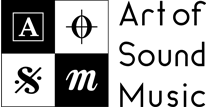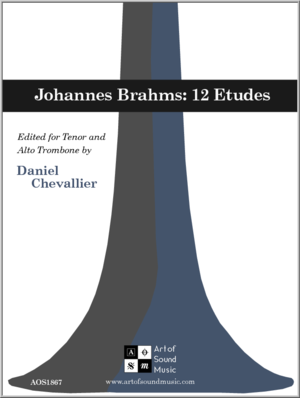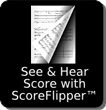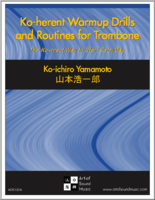12 Etudes for Tenor and Alto Trombone by Johannes Brahms
| Arranger | Chevallier, Daniel |
|---|---|
| Composer | Brahms, Johannes |
| Duration | 60 |
| Ensemble | Trombone |
| Genre | Method Book |
| Grade | 4 |
| Model Number | AOS1878 |
| Category | Method Books |
12 Etudes for Tenor and Alto Trombone by Johannes Brahms, edited by Daniel Chevallier
- 12 Etudes for Tenor Trombone (no markings, historical errors corrected)
- 12 Etudes for Alto Trombone (no markings, historical errors corrected, keys adjusted)
- Appendix 1: Alternate Versions & Errata
- Appendix 2: 12 Etudes for Tenor Trombone (with Editor’s markings, historical errors corrected)
The Editor writes
This edition, besides being a book of technical studies, represents my attempt to wade into the debate over the authenticity of these etudes and also represents my attempt to clear up several mistakes and omissions from previous editions. As of the time of this publication, I am only aware of one complete previous edition of these etudes for tenor trombone, and none for alto trombone. I believe my edition is an improvement in that it utilizes original keys signatures for tenor trombone, though it transposes the etudes into more familiar keys. I have also removed the expressive markings. Since we have none of these markings in Brahms’ hand, they must be invented by the editor and performer; I have left the etudes blank to enable you, as a performer, to develop your own interpretations. That said, I do provide a set of the etudes with expressive marks in the appendices along with my rationale for doing so. Also, notes with an asterisk (*) above them indicate this edition’s corrections to long-standing accidental errors found in most other editions.
Michael Mulcahy writes…
It is not that common that we have a new edition of music that contributes so much to our development and inspiration, musically and technically, in equal measure. While the provenance of this music is not settled, it is undoubtedly of superior quality, neither predictable nor stereotypical. The composer indeed challenges us, and particularly welcome is the key diversity and new versions provided for the alto trombone.
There is a dearth of quality study material for the alto. Too frequently, the alto trombone is relegated to a very superficial significance in our development, even though we harbor unrealistic optimism for a performance level commensurate with our tenor trombone mastery. These studies are certainly a game changer in this respect.
I very much appreciate Daniel Chevallier’s scholarship in the preparation of this book and look forward to a renewal of my respect for this composer who wrote for our instrument with such significance.
Michael Mulcahy
Chicago Symphony Orchestra
Northwestern University
Director CSO Brass




